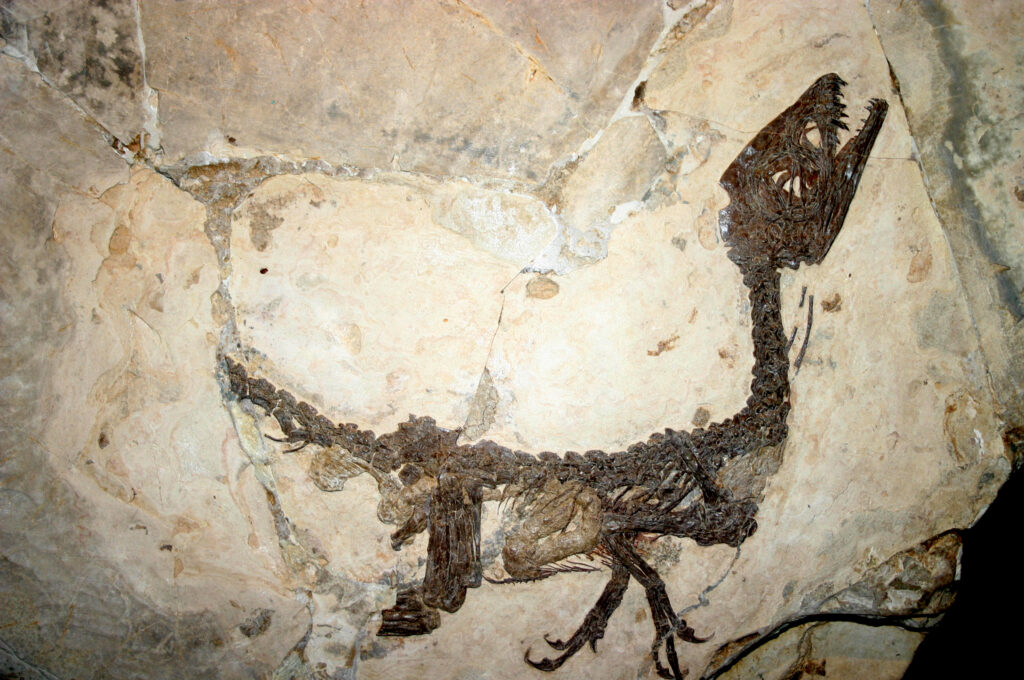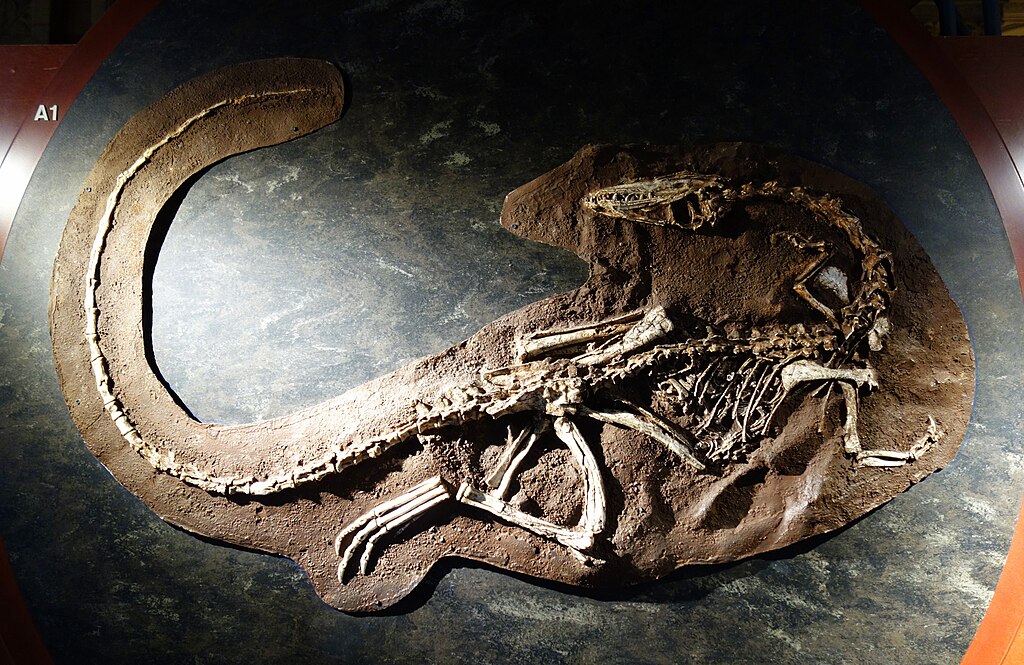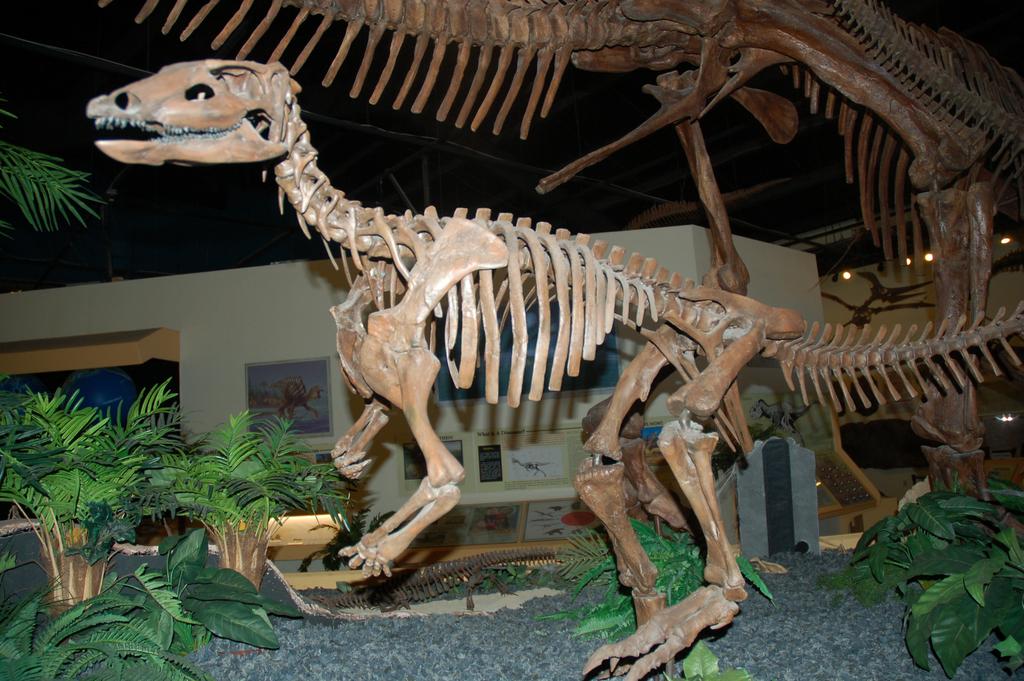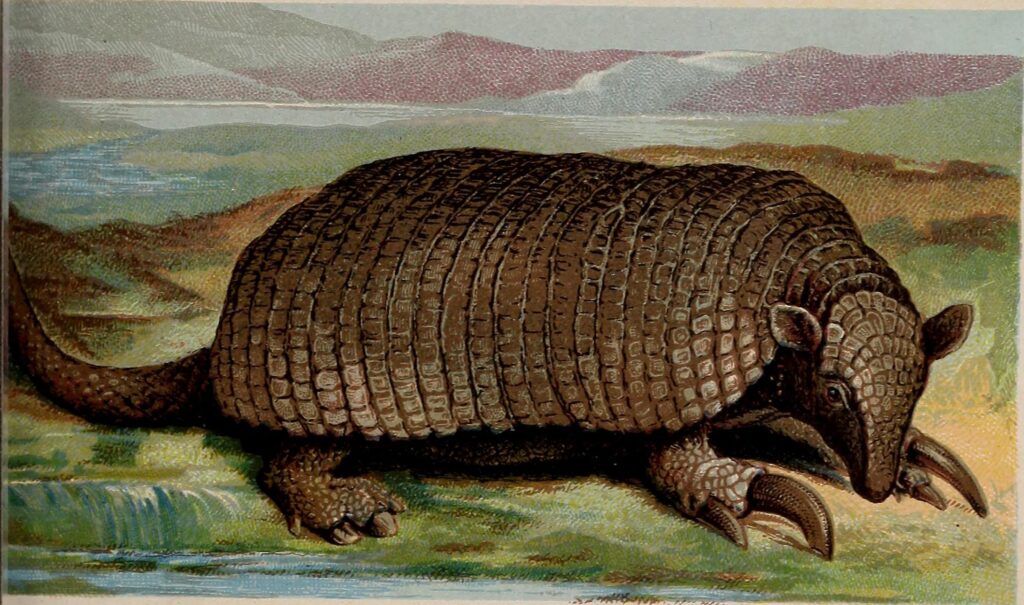The ancient story of Earth is written in stone, preserved as fossils that paleontologists meticulously unearth and interpret. However, this interpretation is not always straightforward, and the scientific record is littered with misidentifications and misconceptions that have persisted for decades, sometimes even centuries. These misreadings aren’t simply errors but windows into how science works—through hypothesis, evidence, and revision. As new technologies emerge and scientific understanding evolves, researchers continually reassess fossil evidence, sometimes overturning long-established beliefs about prehistoric life. This fascinating process of discovery, misinterpretation, and correction reveals as much about human scientific endeavor as it does about the ancient organisms we study.
The Challenge of Fossil Interpretation

Interpreting fossils is a complex endeavor fraught with challenges that stem from their incomplete nature. Unlike modern specimens, fossils rarely preserve complete organisms, leaving paleontologists to work with fragments that may represent only a small portion of the original creature. These partial remains must be interpreted within a context of limited knowledge about ancient ecosystems and evolutionary relationships. Additionally, the fossilization process itself can distort biological structures, crushing, flattening, or warping them in ways that obscure their original form. Taphonomy—the study of how organisms decay and become fossilized—shows that selective preservation often biases the fossil record toward hard parts like bones and shells, while soft tissues typically disappear without a trace. This preservation bias creates significant blind spots in our understanding of ancient life, particularly regarding soft-bodied organisms that may have been abundant but left little evidence of their existence.
Historical Context and Scientific Biases

The interpretation of fossils has never occurred in a scientific vacuum. Throughout history, paleontologists have approached their work with preconceptions shaped by the scientific paradigms and cultural contexts of their time. In the 19th century, many scientists interpreted fossils through the lens of catastrophism or progressionism, believing that life forms generally evolved from simple to complex in a linear fashion. This conceptual framework influenced how they reconstructed extinct organisms and understood evolutionary relationships. Social and cultural factors have also played significant roles in fossil interpretation. Gender biases led to misidentifications of sexual dimorphism in fossil species, while colonial attitudes affected how fossils from different regions were classified and prioritized in research. Even the academic pressures of publication, funding, and reputation have influenced how boldly scientists might challenge established interpretations or propose alternative hypotheses. These contextual factors demonstrate that paleontology, like all sciences, is a human endeavor vulnerable to the biases and limitations of its practitioners.
The Infamous Brontosaurus Blunder
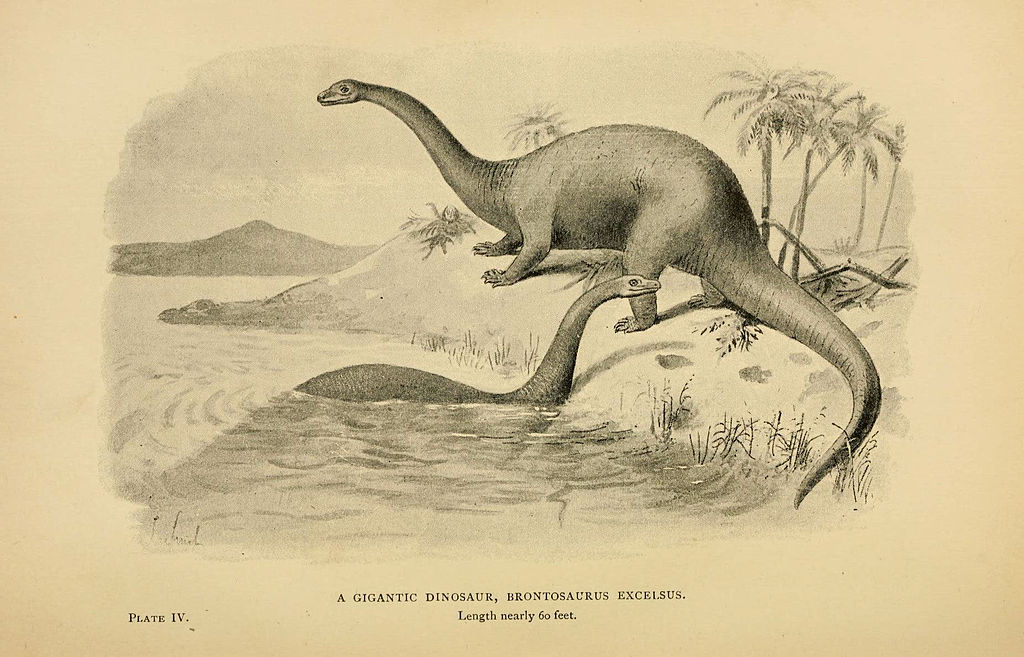
Perhaps no paleontological misinterpretation is more famous than the case of Brontosaurus, a name that persisted in popular culture despite being officially rejected by science for most of the 20th century. The saga began in 1879 when paleontologist O.C. Marsh named a new dinosaur Brontosaurus excelsus, but in 1903, scientists determined that Brontosaurus was actually the same genus as the previously discovered Apatosaurus, making Brontosaurus invalid under the rules of scientific naming. The confusion arose partly because Marsh had assembled his Brontosaurus skeleton with the wrong skull—that of a Camarasaurus—creating what appeared to be a distinctive new species. Despite the scientific correction, museums continued to display “Brontosaurus” skeletons with the incorrect skulls for decades, and the name remained firmly entrenched in public consciousness through books, films, and popular culture. In a fascinating twist, a comprehensive 2015 study reanalyzed the fossils using advanced statistical methods and concluded that Brontosaurus was indeed distinct enough from Apatosaurus to warrant its own genus, effectively resurrecting Brontosaurus as a valid scientific name after more than a century of controversy. This case exemplifies how fossil interpretations can evolve over time with new evidence and analytical approaches.
Mistaken Identities: Dinosaur Chimeras
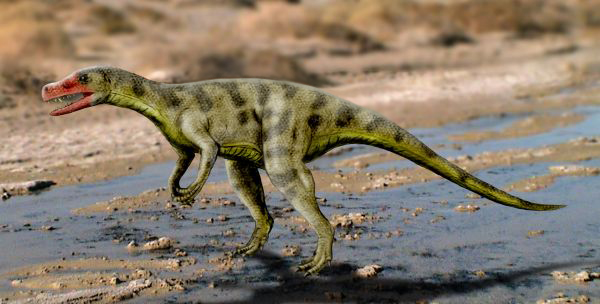
The fossil record is haunted by chimeras—reconstructions that inadvertently combine parts from different species into fictional creatures that never actually existed. These misassemblies often occur during the early stages of discovery when paleontologists work with incomplete remains and limited comparative material. The Oviraptor, whose name means “egg thief,” provides a striking example of mistaken identity. Originally discovered near what appeared to be a nest of Protoceratops eggs, scientists assumed it died while attempting to steal and eat the eggs. Decades later, researchers discovered that the “stolen” eggs actually belonged to the Oviraptor itself, which had been protecting its own nest rather than raiding another’s. Another notable case is Ultrasaurus, initially believed to be the largest dinosaur ever based on massive bones found in Colorado. Subsequent analysis revealed that these fossils represented parts from different sauropod species accidentally combined, creating a chimeric dinosaur that never existed. These examples highlight how easily fragmentary fossils can lead to reconstructions that, while scientifically plausible at the time, ultimately prove to be amalgamations of distinct species rather than accurate representations of once-living animals.
The Perils of Preservation Bias

The fossilization process creates inherent biases that can lead scientists astray when interpreting the fossil record. Not all organisms fossilize equally well—those with hard parts like bones, teeth, and shells are dramatically overrepresented compared to soft-bodied creatures, creating a distorted picture of ancient biodiversity. This preservation bias can lead to significant misinterpretations about the relative abundance and ecological importance of different organisms in prehistoric ecosystems. Environmental conditions also influence which fossils survive to be discovered. Organisms that lived in environments conducive to fossil preservation, such as shallow marine settings or certain lake environments, are disproportionately represented compared to those from environments where fossilization is rare, such as mountaintops or rainforests. The fossil record is further biased by geological processes that destroy fossils through erosion, metamorphism, or subduction of oceanic crust. These preservation biases mean that paleontologists must constantly consider what might be missing from the fossil record rather than just interpreting what has been found, requiring them to acknowledge the “absence of evidence” problem when reconstructing ancient ecosystems and evolutionary narratives.
Technological Revelations: New Tools, New Interpretations

Advances in technology have repeatedly revolutionized how scientists interpret fossils, often overturning long-held misconceptions. Computed tomography (CT) scanning has proven particularly transformative, allowing researchers to peer inside fossils without damaging them, revealing internal structures that were previously inaccessible. In numerous cases, CT scans have exposed features that completely changed scientific understanding of fossil specimens. For example, scans of early bird fossils revealed previously undetected features that clarified the evolutionary transition from dinosaurs to birds. Scanning electron microscopy has enabled scientists to examine microscopic details of fossil surfaces, uncovering evidence of soft tissues, feathers, and even cellular structures that weren’t visible using traditional techniques. Biomechanical modeling software now allows researchers to test the physical capabilities of extinct organisms, challenging assumptions about how they moved and functioned. Through digital reconstruction, scientists can correct for the distortion that occurs during fossilization, virtually restoring fossils to their original forms. These technological innovations continue to drive reinterpretations of fossils that have been studied for decades, demonstrating that even well-known specimens may hold secrets that await discovery through new analytical methods.
Misunderstood Marine Reptiles: The Ichthyosaur Saga

Marine reptiles have been particularly vulnerable to misinterpretation due to their unusual adaptations and the challenges of preserving aquatic organisms. Ichthyosaurs, dolphin-like marine reptiles that dominated Mesozoic seas, exemplify how fossil misreadings can persist for decades. When ichthyosaur fossils were first discovered in the early 19th century, they were variously classified as fish, crocodiles, or even as links between fish and reptiles, reflecting the limited understanding of evolutionary relationships at that time. Early reconstructions portrayed ichthyosaurs with straight, lizard-like tails, as scientists assumed they would resemble modern reptiles despite their aquatic lifestyle. This interpretation persisted until the discovery of exceptionally preserved specimens with body outlines that revealed a vertical tail fluke similar to sharks or dolphins—a classic example of convergent evolution. Soft-tissue preservation also revealed that ichthyosaurs gave birth to live young rather than laying eggs, a fact that conflicted with early assumptions about reptile reproduction. More recently, advanced studies of ichthyosaur eyes have overturned earlier interpretations of their visual capabilities, showing they had some of the largest eyes relative to body size of any vertebrate, specialized for deep diving and low-light conditions. The evolving understanding of ichthyosaurs demonstrates how initial misreadings can be corrected through new discoveries and analytical approaches.
Feathered Dinosaurs: A Revolutionary Reinterpretation
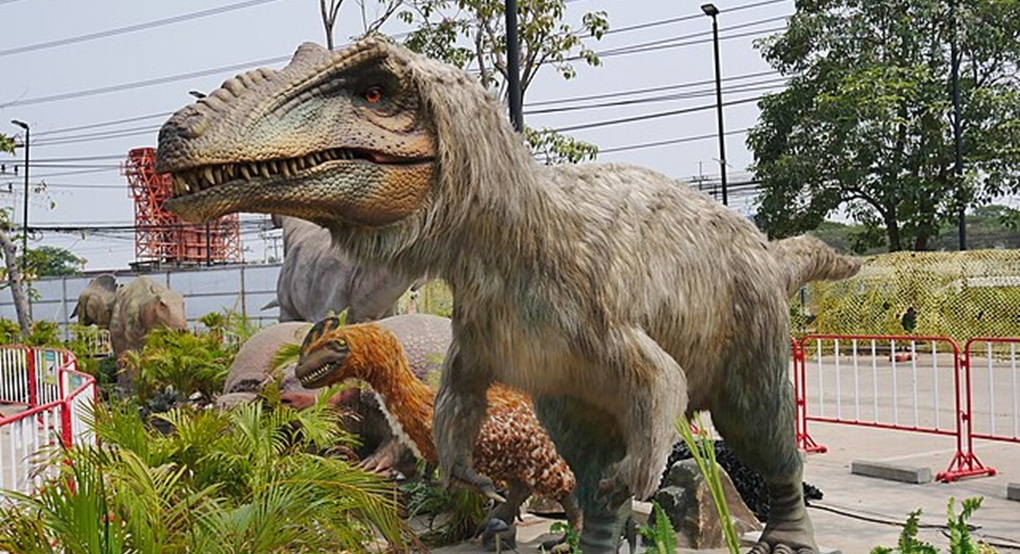
Perhaps no paleontological reinterpretation has been more dramatic than the recognition that many dinosaurs possessed feathers, a finding that fundamentally changed how we visualize these ancient reptiles. For most of the 20th century, dinosaurs were depicted as scaly, lizard-like creatures, an interpretation that persisted despite early suggestions of a close relationship between dinosaurs and birds. The discovery of clearly feathered dinosaur fossils from China’s Liaoning Province in the 1990s forced a radical reassessment of dinosaur appearance. Specimens like Sinosauropteryx revealed primitive feather-like structures that were initially dismissed by some scientists as misinterpreted collagen fibers. Subsequent discoveries of more elaborate feathers on dromaeosaurs, oviraptorosaurs, and other theropod dinosaurs confirmed that feathers evolved long before the origin of flight. Re-examination of previously known fossils with new techniques has revealed evidence of feathers that had been overlooked for decades. For instance, microscopic analysis of Psittacosaurus fossils showed that this ceratopsian dinosaur possessed quill-like structures that had not been recognized when the specimens were first described. The reinterpretation of dinosaurs as feathered creatures represents one of the most significant revisions in paleontological understanding, transforming not only scientific knowledge but also cultural representations of dinosaurs in museums, films, and popular media.
The Troubling Case of Taxonomic Lumping and Splitting

Taxonomy—the science of classifying organisms—is particularly prone to reinterpretation in paleontology, leading to decades-long debates over whether certain fossils represent distinct species or variations within a single species. This phenomenon, known as “lumping and splitting,” has led to significant revisions in how we classify extinct organisms. Taxonomic lumping occurs when scientists determine that what were previously considered separate species are actually variations within a single species, often reflecting differences in age, sex, or individual variation. For example, several distinct “species” of the horned dinosaur Triceratops were eventually recognized as growth stages of just one or two species. Conversely, splitting happens when new evidence reveals that what was thought to be a single species actually encompasses multiple distinct species. The dinosaur Iguanodon was originally considered a single species, but has since been split into multiple genera based on anatomical differences that weren’t initially recognized. These taxonomic revisions aren’t merely academic exercises but fundamentally change our understanding of ancient biodiversity and evolutionary patterns. Advances in statistical methods and geometric morphometrics now allow paleontologists to more objectively analyze shape variations in fossils, potentially reducing subjective biases in taxonomic interpretation. Nevertheless, the boundary between species remains somewhat arbitrary in paleontology, ensuring that taxonomic reinterpretations will continue as new specimens are discovered and analytical methods improve.
Human Evolution Misinterpretations
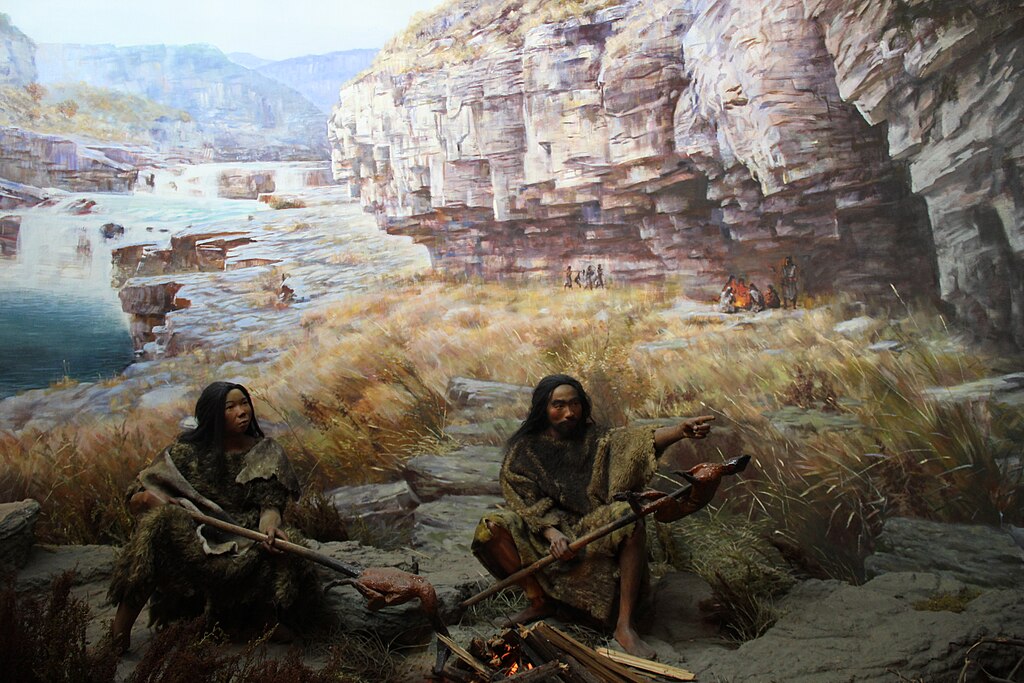
The fossil record of human evolution has been particularly susceptible to misinterpretation, reflecting both the fragmentary nature of hominin fossils and the social biases that have influenced their study. The infamous Piltdown Man hoax exemplifies how preconceptions can cloud scientific judgment. This fabricated fossil, combining a human skull with an orangutan jaw, went undetected as a forgery for over 40 years because it confirmed existing biases about human evolution, particularly the belief that brain enlargement preceded other changes. Neanderthals provide another example of interpretive bias, as they were initially reconstructed as stooped, brutish creatures that reflected 19th-century notions of human superiority. Decades of research have completely revised this view, revealing Neanderthals as sophisticated humans with complex culture, art, and technology. Even legitimate fossils have been misclassified due to incomplete remains. Australopithecus sediba was initially interpreted as a direct human ancestor, but subsequent discoveries suggested it was likely a side branch of hominin evolution. The case of Homo floresiensis (the “Hobbit”) shows how unusual fossils can challenge interpretations—initially dismissed by some as a pathological modern human, it is now recognized as a distinct hominin species that evolved small body size through island dwarfism. These examples demonstrate how human evolution interpretations are particularly vulnerable to revision as new discoveries and methods force reconsideration of previously accepted narratives.
Ancient Environmental Misreadings

Fossils provide crucial evidence about ancient environments, but these paleoenvironmental interpretations are frequently revised as analytical techniques improve and theoretical frameworks evolve. The Burgess Shale, one of the most important fossil deposits documenting the Cambrian explosion, was initially interpreted as preserving animals that lived in the environment where they were buried. Decades later, researchers recognized that many of the organisms had been transported from shallower waters and buried in deeper settings, fundamentally changing interpretations of this ancient ecosystem. Paleoclimate reconstructions based on fossil plants have undergone significant revisions as scientists have developed more sophisticated understanding of the relationship between leaf morphology and climate. Early interpretations that relied on simple comparisons with modern relatives have been replaced by quantitative approaches that analyze multiple lines of evidence. Ancient coral reefs have been similarly reinterpreted; what were once thought to be deep-water constructions are now understood as shallow structures that were subsequently transported or subsided. These paleoenvironmental reinterpretations demonstrate that fossils don’t simply record ancient organisms but provide complex environmental signals that require careful analysis. As analytical techniques like stable isotope analysis, organic biomarkers, and sedimentological approaches become more sophisticated, scientists continue to revise longstanding interpretations of ancient environments, often discovering that previous reconstructions were oversimplified or based on incomplete understanding of preservation processes.
Extinction Events: Changing Narratives
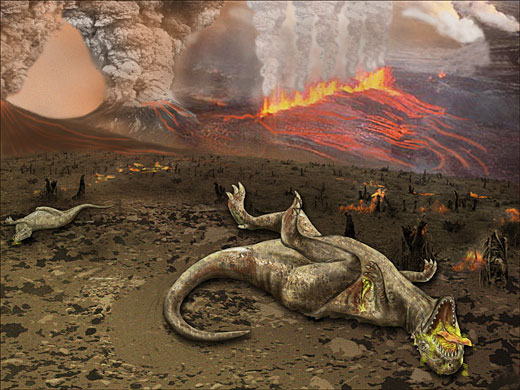
Few areas of paleontology have seen more dramatic reinterpretation than the understanding of mass extinction events, with theories about their causes and dynamics regularly revised as new evidence emerges. The Cretaceous-Paleogene extinction that wiped out non-avian dinosaurs was long attributed to a variety of gradual processes until the discovery of the iridium anomaly in 1980 led to the asteroid impact hypothesis, revolutionizing scientific understanding of extinction mechanisms. Initial interpretations of the end-Permian mass extinction, the most severe in Earth’s history, suggested it was a prolonged event occurring over millions of years. More refined dating techniques have since revealed that the main extinction pulse likely occurred within tens of thousands of years—geologically instantaneous—forcing a complete reinterpretation of its causes and consequences. The pattern of extinctions during these events has also been reinterpreted. Earlier views often portrayed mass extinctions as non-selective events that randomly eliminated species, but detailed statistical analyses have revealed complex patterns of selectivity based on ecological traits, geographic distribution, and physiological characteristics. The recognition that some apparent extinctions in the fossil record actually represent preservation artifacts rather than true biological events has further complicated interpretations. These evolving narratives about extinction events highlight how fossil interpretations are continually refined as dating methods improve, sampling becomes more comprehensive, and statistical approaches become more sophisticated, demonstrating that even seemingly well-established paleontological narratives remain open to significant revision.
The Future of Fossil Interpretation
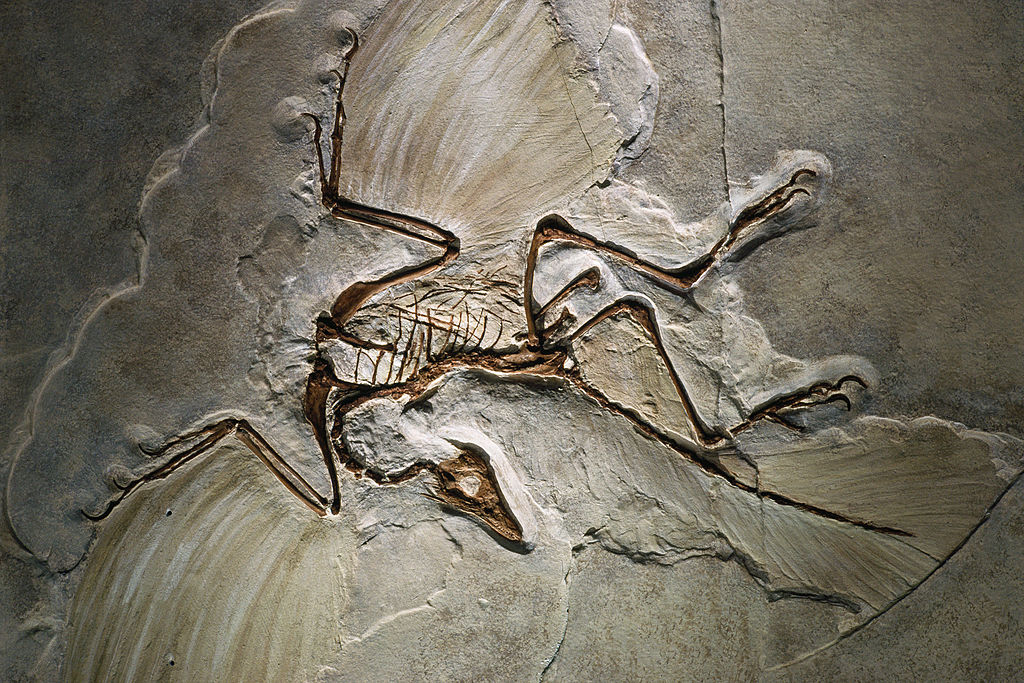
The ongoing revolution in analytical techniques promises to further transform how scientists interpret fossils, potentially overturning interpretations that are considered settled today. Ancient DNA analysis, though limited to relatively recent fossils, has already forced reinterpretations of relationships between extinct and modern species, revealing hybridization and population structures that weren’t visible from morphology alone. As DNA recovery and analysis techniques improve, they may extend further back in time, providing new insights into older fossils. Advances in molecular paleontology now allow scientists to identify proteins, lipids, and other biomolecules preserved in fossils, revealing functional and physiological information that can’t be determined from anatomy alone. These techniques have already identified original biological molecules in fossils previously thought to preserve only mineralized remains.

